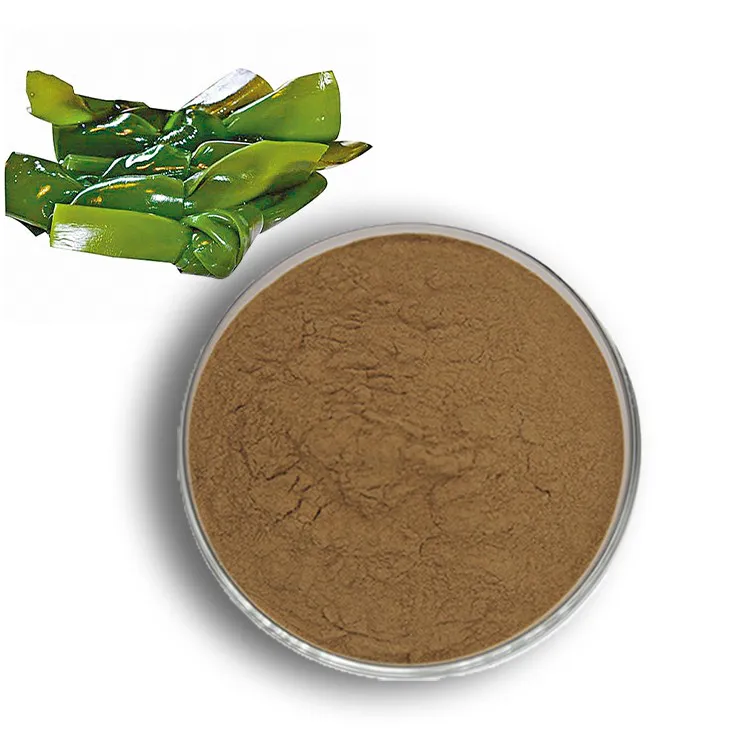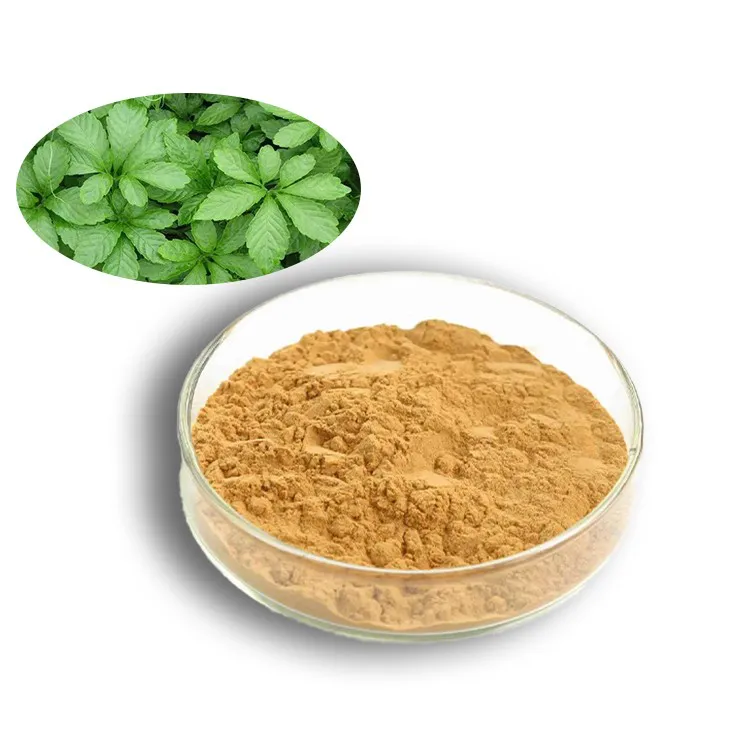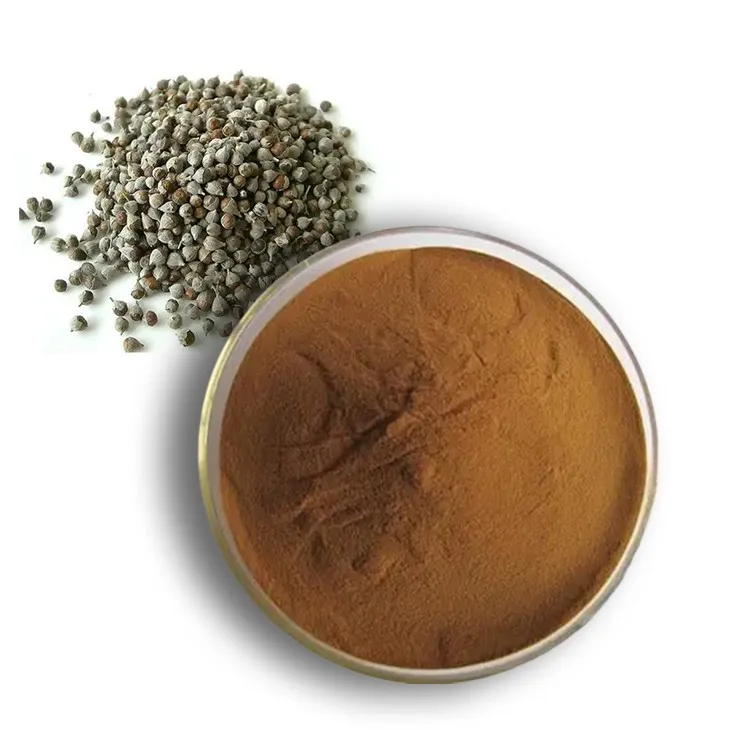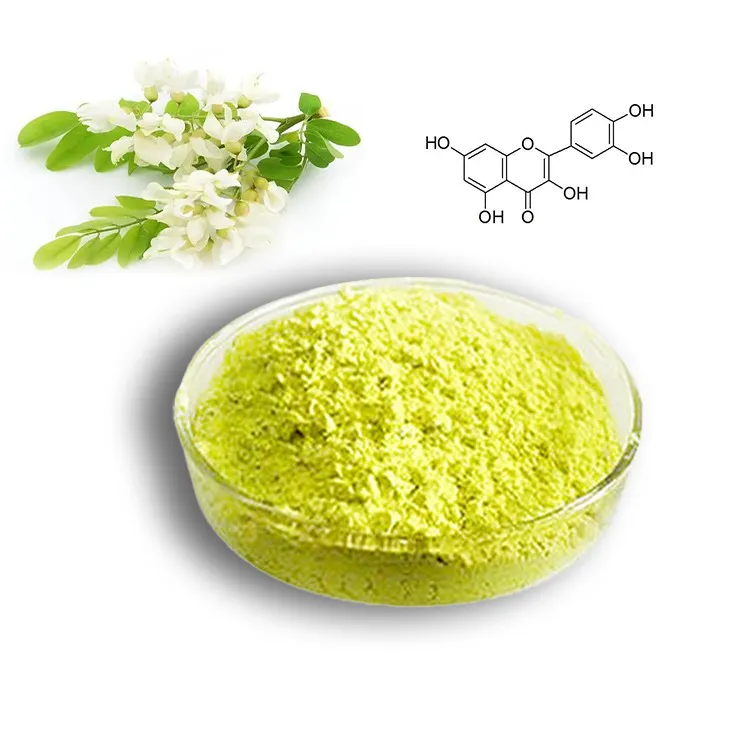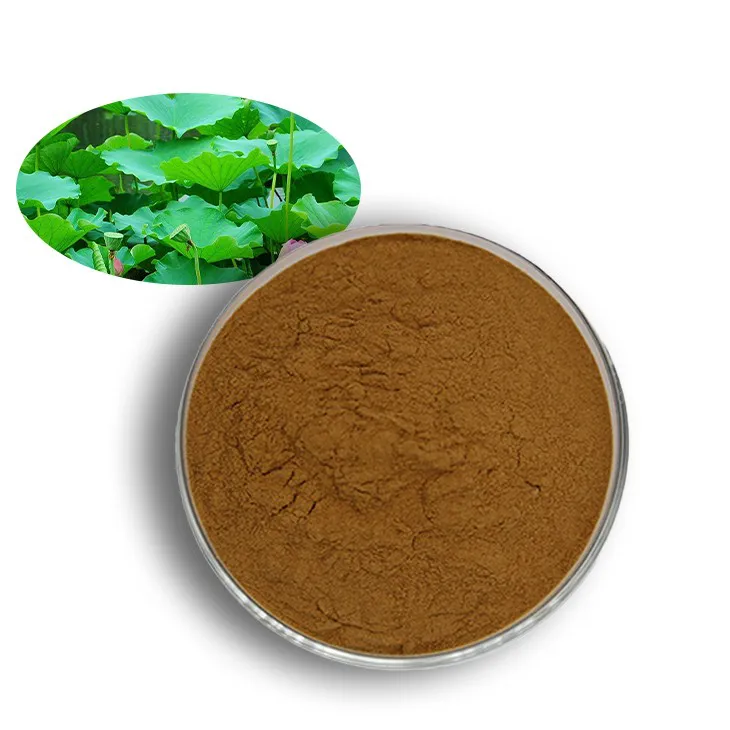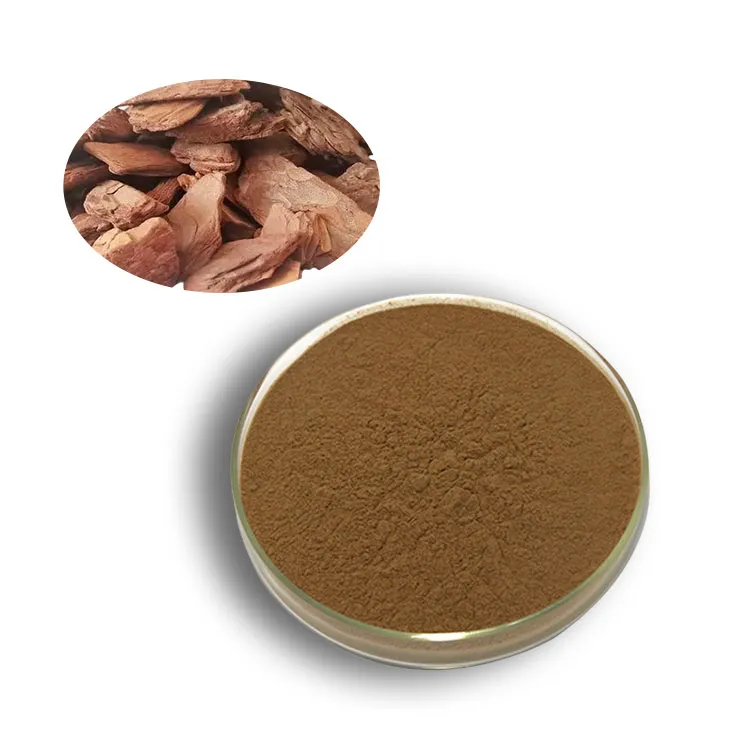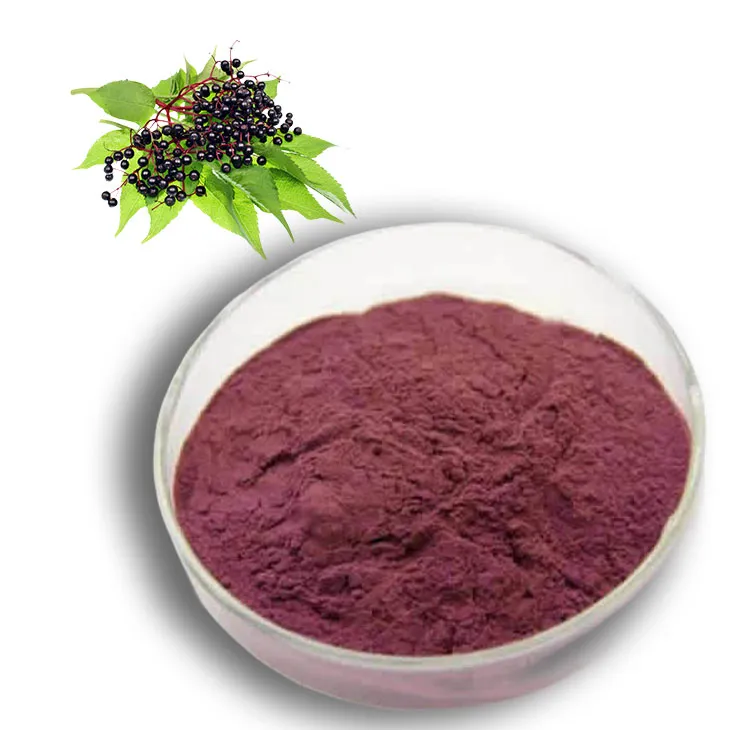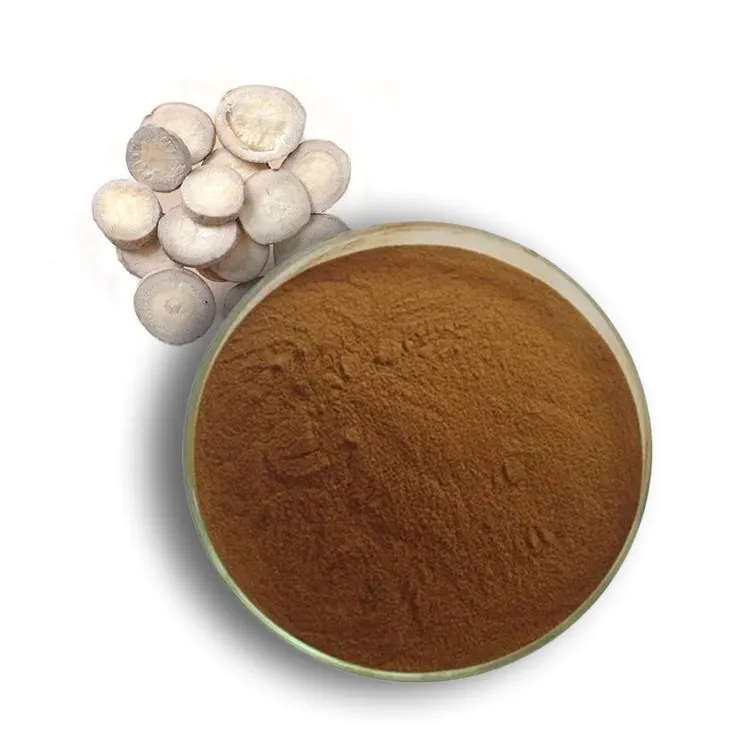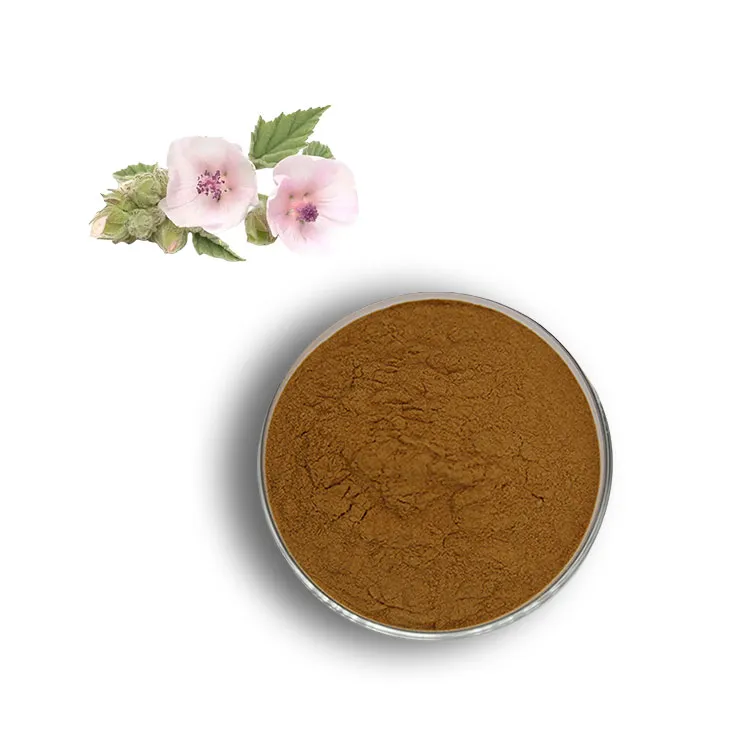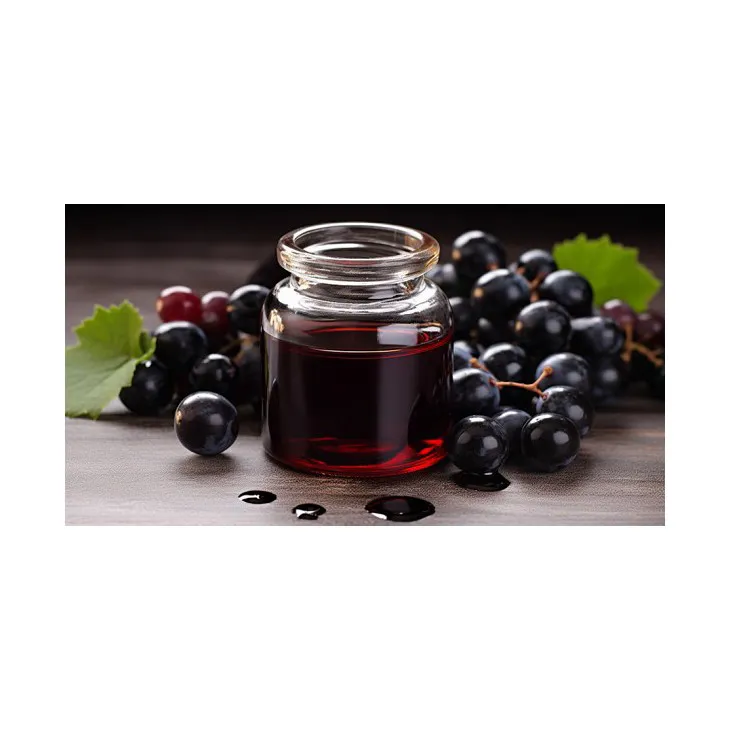- 0086-571-85302990
- sales@greenskybio.com
Ancient TCM Diets Show Modern Promise Against Diabetes
2025-07-29
From kimchi crocks on Korean tables to the Chinese yam simmering in traditional broths, foods long prescribed by traditional Chinese medicine (TCM) are drawing new interest from metabolic researchers confronting the global diabetes surge.
A wave of studies published since 2023 links disruptions in gut microbiota—the trillions of bacteria living in the digestive tract—to higher risks of insulin resistance and type-2 diabetes. Those findings echo TCM’s 2,000-year-old belief that a healthy “spleen-stomach” axis governs overall metabolism.
“TCM’s view that digestive problems precede metabolic disease maps almost point-for-point onto what we now know about gut-microbiota pathways,” said Dr. Naiwen Hu, whose 2025 review connected classical TCM theories to modern diabetes pathology.
Key foods singled out by both disciplines include:
• Chinese yam: Its mucilage polysaccharides ferment into short-chain fatty acids that lower inflammation and stabilize blood glucose, effects documented in clinical studies of the time-honored “Sishen Soup.”
• Pumpkin: High pectin levels protect the gut lining and moderate post-meal blood sugar spikes, according to Lincolnshire University researchers.
• Lotus root: Fermented extracts reduce gastric ulcers and liver fat, validating its TCM role as a “heat-clearing” anti-inflammatory.
• Kimchi and other fermented staples: Rich in Lactobacillus and Bifidobacterium, they replenish microbiota diversity eroded by high-fat Western diets.
“Probiotics from fermented foods help rebalance intestinal bacteria, while dietary fiber acts as a prebiotic feedstock. Together they blunt the chronic inflammation that drives diabetes,” explained Dr. Maria Lopez-Ruiz, lead author of a 2023 meta-analysis on probiotic therapy in metabolic disease.
The culinary prescriptions are as practical as they are ancient. A pumpkin-millet porridge combines high-pectin squash with slow-digesting grains for sustained glycemic control. Pork-rib soup fortified with Chinese yam supplies collagen and blood-sugar-modulating polysaccharides, while a simple lotus-root tea delivers polyphenols shown to shrink fatty liver deposits in animal models.
Such dishes are finding new audiences as diabetes numbers climb. The International Diabetes Federation estimates that 783 million adults could be living with the disease by 2045, up from 537 million in 2021. With drug costs soaring, diet-based prevention “is the lowest-tech, highest-impact intervention we have,” said Hu.
Randomized trials testing specific probiotic strains are still in early stages, and experts caution that no single food can override sedentary lifestyles or excessive sugar intake. Even so, the convergence of molecular biology and millennia-old dietary wisdom is reshaping public-health guidance.
“Our grandparents weren’t talking about microbiomes,” Lopez-Ruiz noted. “But when they paired fermented vegetables with fiber-rich roots and grains, they were unknowingly engineering a gut environment modern science now strives to replicate.”
For physicians and patients alike, the message is straightforward: protecting the gut may begin in the kitchen, with recipes that both TCM practitioners and contemporary nutritionists can endorse.
- ▶ Hesperidin
- ▶ Citrus Bioflavonoids
- ▶ Plant Extract
- ▶ lycopene
- ▶ Diosmin
- ▶ Grape seed extract
- ▶ Sea buckthorn Juice Powder
- ▶ Fruit Juice Powder
- ▶ Hops Extract
- ▶ Artichoke Extract
- ▶ Mushroom extract
- ▶ Astaxanthin
- ▶ Green Tea Extract
- ▶ Curcumin
- ▶ Horse Chestnut Extract
- ▶ Other Product
- ▶ Boswellia Serrata Extract
- ▶ Resveratrol
- ▶ Marigold Extract
- ▶ Grape Leaf Extract
- ▶ New Product
- ▶ Aminolevulinic acid
- ▶ Cranberry Extract
- ▶ Red Yeast Rice
- ▶ Red Wine Extract
-
Kelp Extract Powder
2025-07-29
-
Gynostemma pentaphyllum extract
2025-07-29
-
Chaste Berry Extract
2025-07-29
-
Quercetin
2025-07-29
-
Lotus leaf extract
2025-07-29
-
Pine bark Extract Powder
2025-07-29
-
Elderberry Extract
2025-07-29
-
White Peony Extract
2025-07-29
-
Medicinal Marshmallow Extract
2025-07-29
-
Red Wine Extract
2025-07-29











